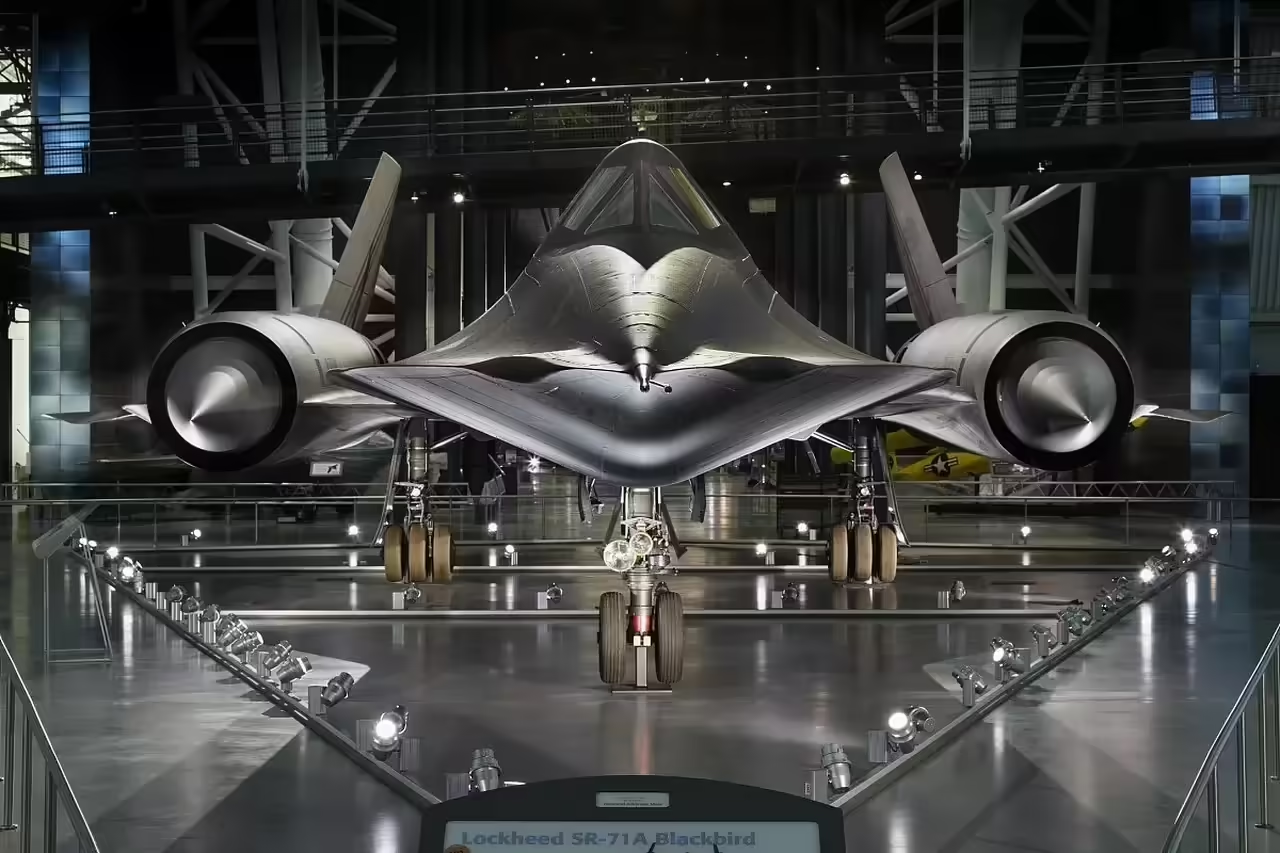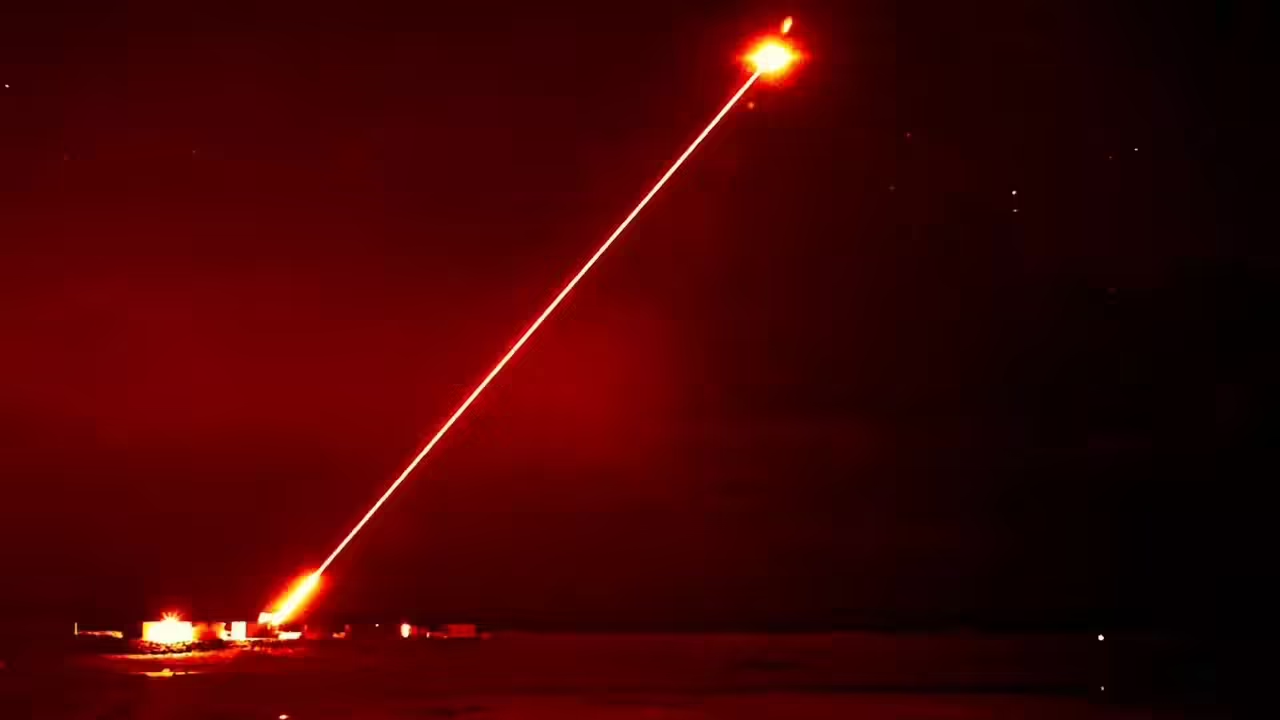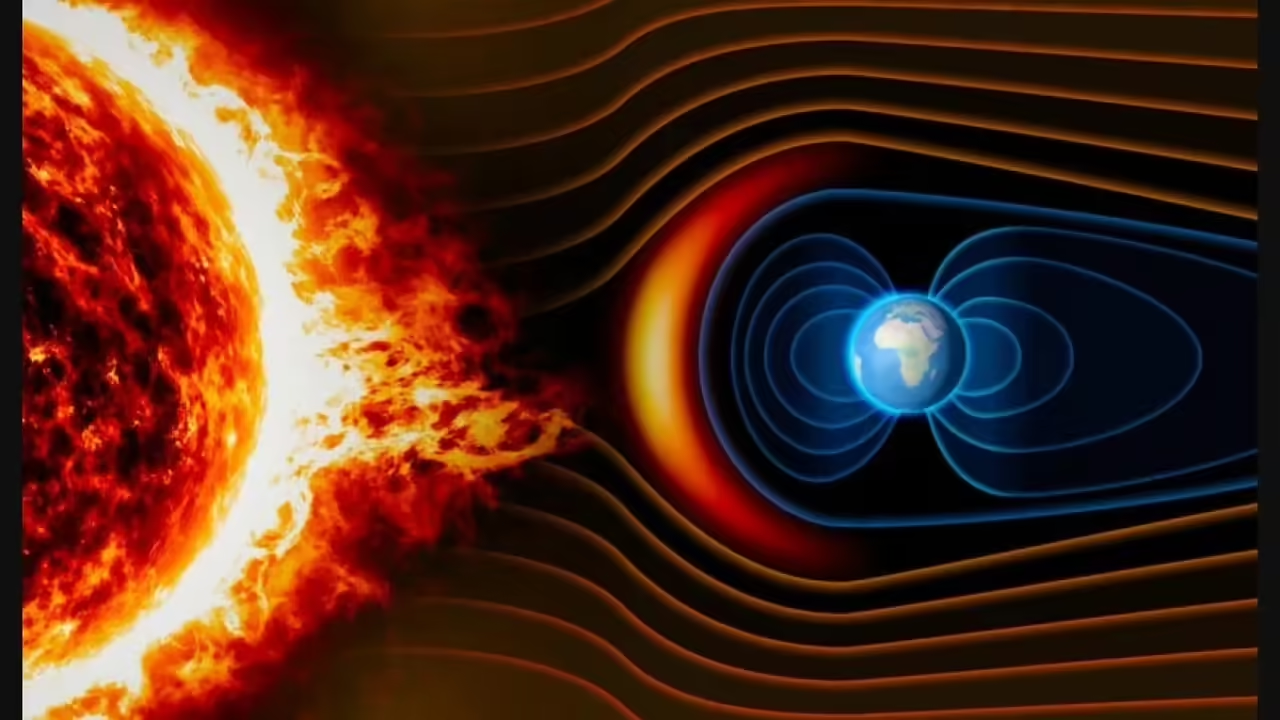
Since the dawn of human civilization, the desire to fly has been a fascination deeply rooted in the collective psyche. This longing has led humanity to design and build a series of increasingly faster and more sophisticated flying machines. Among these creations, the fastest aircraft has been the subject of special attention and admiration. In this article, we will explore the contextualization of this exciting topic, as well as a brief foray into its history.
Contextualization of the Topic
The concept of speed in aviation not only involves physical displacement through the air but also the overcoming of limits and the conquest of new frontiers. From a technical perspective, speed translates into a combination of efficient aerodynamic design, engine power, and advanced materials. Furthermore, speed in aviation is not only a technical achievement but also a symbol of progress and a testament to human ingenuity.
Currently, the fastest aircraft not only embodies the forefront of aerospace engineering but also arouses the strategic and military interest of nations. Supersonic and hypersonic aircraft not only offer a means of fast transportation but also have crucial military applications, from surveillance to rapid response capabilities.
Brief History of the Fastest Aircraft
The pursuit of maximum speed in aviation has been a constant throughout history. One of the most notable milestones in this regard was the development of the supersonic aircraft. In this context, the most iconic aircraft is the Lockheed SR-71 Blackbird, a strategic reconnaissance aircraft operated by the United States Air Force from the 1960s to the 1990s.
The Blackbird was designed to fly at speeds exceeding Mach 3, meaning more than three times the speed of sound. Equipped with highly specialized turbojet engines and a heat-resistant titanium structure, the SR-71 set several speed and altitude records that still stand to this day.
In addition to the SR-71, other aircraft, such as the Concorde, the supersonic commercial aircraft developed by a European consortium, also stood out in the pursuit of maximum speed. Although the Concorde is no longer in service, its legacy endures as a testament to human ingenuity and the relentless pursuit of technical excellence.
In the military realm, the race to develop hypersonic aircraft, capable of flying at speeds several times faster than the speed of sound, is in full swing. Countries like the United States, Russia, China, and others are investing significant resources in the development of these technologies, aiming to gain strategic and military advantages.
Innovative Design: Details on the Engineering and Technology Used in Creating the Fastest Aircraft
The creation of the fastest aircraft involves a blend of advanced engineering and cutting-edge technology. From aerodynamics to propulsion, every aspect of the design is meticulously calculated and optimized to achieve outstanding speeds. Below, we explore some key details about the engineering and technology used in creating these machines of extreme velocity.
Advanced Aerodynamics
The shape and structure of the aircraft play a crucial role in its ability to achieve high speeds. Designers strive to minimize aerodynamic drag, which increases exponentially with speed. To achieve this, highly refined aerodynamic profiles and smooth surfaces are used to reduce friction with the air.
Additionally, features such as thin, high aspect ratio wings (the ratio of wingspan to chord length) are implemented to improve aerodynamic efficiency and reduce induced drag. The design of the tail and ailerons is also optimized to ensure stability and control at high speeds.
Advanced Materials
Constructing the fastest aircraft requires materials that are lightweight yet strong enough to withstand extreme aerodynamic forces and high temperatures generated by friction with the air at supersonic or hypersonic speeds.
Titanium and high-strength aluminum alloys are common in the aircraft’s structure, while carbon fiber composites are used in areas where an optimal combination of strength and lightweight is required, such as in the wings and control surfaces.
High-Performance Propulsion
The heart of the fastest aircraft lies in its propulsion system. Specially designed turbojet or turbofan engines provide the power needed to propel the aircraft at extreme speeds.
For supersonic aircraft like the SR-71 Blackbird, high-efficiency dual-flow turbojet engines are capable of compressing and burning large volumes of air at high speeds, generating the thrust necessary to overcome the sound barrier.
For hypersonic aircraft, even more advanced technologies are being explored, such as scramjet engines (supersonic combustion ramjet), which can effectively operate at speeds several times faster than the speed of sound.
Control and Navigation Systems
Precise navigation and control are essential for safely operating at extreme speeds. The fastest aircraft are equipped with high-precision satellite navigation systems, as well as advanced computerized flight control systems that can continuously adjust the aircraft’s attitude and trajectory to keep it stable and on course.
Maximum Speed: Exploration of the Speed Achieved by the Aircraft and How It Is Achieved
The maximum speed achieved by an aircraft is a crucial aspect of its design and performance. To achieve extreme speeds, aerospace engineers employ a combination of factors spanning from aerodynamics to propulsion. Below, we explore how maximum speed is achieved in an aircraft and some notable examples of aircraft that have reached outstanding speeds.
Key Factors for Achieving Maximum Speed:
Aerodynamic Design: The shape and structure of the aircraft are fundamental to minimizing air resistance and maximizing aerodynamic efficiency. Thin, high aspect ratio wings, along with an aerodynamic fuselage and smooth surfaces, help reduce drag and improve penetration through the air.
Efficient Propulsion: High-performance engines are essential for achieving extreme speeds. For supersonic aircraft, turbojet engines are common, capable of compressing large volumes of air and burning fuel at high speed to generate the necessary thrust.
Advanced Materials: The use of lightweight and strong materials, such as titanium and aluminum alloys, as well as carbon fiber composites, allows for the construction of an aircraft strong enough to withstand extreme aerodynamic forces and temperatures generated at supersonic or hypersonic speeds.
Control and Stability: Advanced flight control systems are essential for maintaining the stability and maneuverability of the aircraft at high speeds. Onboard computers continuously adjust the aircraft’s attitude and trajectory to ensure safe and controlled flight.
Prominent Examples of Faster Aircraft:
Lockheed SR-71 Blackbird: This legendary strategic reconnaissance aircraft of the United States Air Force was designed to fly at speeds exceeding Mach 3, meaning more than three times the speed of sound. Equipped with highly specialized turbojet engines and a heat-resistant titanium structure, the Blackbird set several speed and altitude records that still endure.
Concorde: Although retired from service, the Concorde remains an icon of commercial supersonic aviation. Developed by a European consortium, this passenger aircraft was capable of flying at speeds of Mach 2, meaning twice the speed of sound, thanks to its afterburning engines and advanced aerodynamic design.
Current Hypersonic Aircraft Projects: Currently, various nations are developing hypersonic aircraft capable of flying at speeds several times faster than the speed of sound. These aircraft represent the next frontier in high-speed aviation and are driven by innovative technologies such as scramjet engines and next-generation composite materials.
Uses and Applications: Discussion on the Various Purposes for Which the Fastest Aircraft Is Used
The fastest aircraft, whether supersonic or hypersonic, has become an invaluable tool with a wide range of applications in various fields. From commercial transportation to space exploration, these high-speed aircraft have transformed the way we interact with the world. Below, we will discuss some of the main uses and applications of the fastest aircraft.
Passenger Transport: One of the most well-known applications of the fastest aircraft is the transportation of passengers at supersonic speeds. Although there are currently no commercial supersonic aircraft in service, the Concorde was a notable example of this type of aircraft. Supersonic transport allows for significantly reduced travel time on transoceanic routes, benefiting business travelers and those with time constraints.
Aerospace Research and Development: The fastest aircraft are used in aerospace research and development to test new technologies and advance understanding of high-speed flight principles. These aircraft are ideal for studying aerodynamic phenomena and flight behaviors under extreme conditions, contributing to the design of more efficient and safer aircraft.
Reconnaissance and Surveillance: In the military realm, the fastest aircraft are used for reconnaissance and surveillance missions, where the ability to quickly reach areas of interest and gather information is crucial. Aircraft such as the SR-71 Blackbird have been used to conduct strategic surveillance missions at high speeds and altitudes, providing valuable information on enemy activities.
Space Applications: Hypersonic aircraft are being investigated for possible use in space applications, such as launching small satellites into low Earth orbit. These aircraft could provide a more cost-effective and flexible alternative to traditional rocket launches, allowing for faster and more frequent access to space.
Rapid Emergency Response: The fastest aircraft can also be used in emergency situations, such as natural disasters or humanitarian events. Their ability to quickly reach affected areas and transport medical or relief supplies can make a difference in emergency care and aid to affected communities.
Pilot Training: Although less common, the fastest aircraft can also be used in military and civilian pilot training. These aircraft offer a unique opportunity for pilots to gain experience in handling high-speed aircraft and develop advanced navigation and control skills.
Challenges and Limitations: Considerations on the Technical and Operational Issues Facing the Fastest Aircraft
Despite their impressive capabilities, the fastest aircraft also face a number of technical and operational challenges that can affect their design, performance, and safety. These challenges and limitations are important considerations for aerospace engineers and operators of these aircraft. Below, we will analyze some of the most relevant issues:
Aerodynamic Drag and Friction Heating: At high speeds, aerodynamic drag becomes a significant challenge as the aircraft must overcome air resistance to maintain its speed. This can result in high fuel consumption and increased power demand from the engines. Additionally, friction with the air at supersonic or hypersonic speeds can generate high temperatures on the surface of the aircraft, requiring heat-resistant materials and efficient cooling systems.
Control and Stability: The control and stability of an aircraft at high speeds are crucial to ensure safe and controlled flight. However, at extreme speeds, complex aerodynamic phenomena such as compressibility and control divergence can arise, affecting the aircraft’s maneuverability and control. Advanced flight control systems and proper pilot training are essential to mitigate these risks.
Noise and Emissions: The fastest aircraft, especially those with afterburning engines, can generate significant levels of noise and polluting emissions. This can pose environmental and regulatory challenges, as well as concerns about noise pollution and air quality in areas near airports and flight routes.
Maintenance and Operating Costs: The fastest aircraft often require more intensive and expensive maintenance due to the high demands imposed by extreme speeds and operating conditions. Additionally, operating costs, including fuel and maintenance costs, can be significantly higher compared to conventional aircraft, which may limit their economic viability for certain applications.
Safety and Regulation: The high speeds of the fastest aircraft pose additional challenges in terms of safety and regulation. Certification and compliance with safety standards are crucial to ensuring the safety of passengers and crew, as well as mitigating the risks associated with flying at extreme speeds. Additionally, legal and regulatory aspects such as airspace restrictions and noise and emissions regulations may limit the operation of these aircraft in certain areas and routes.







